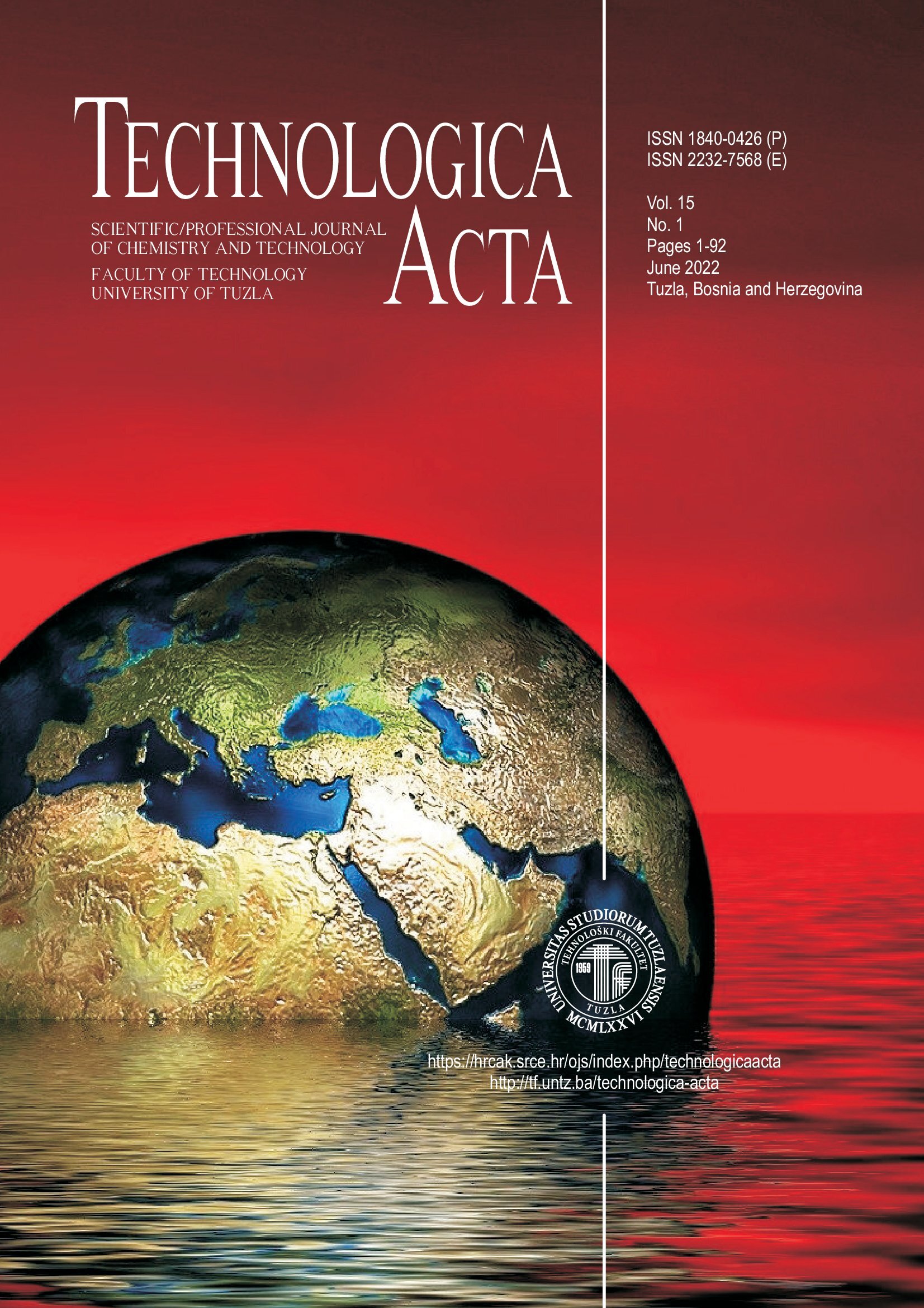Kinetics of dolomite grinding in a laboratory ball mill
Keywords:
ball milling, kinetic, grinding, mathematical modelAbstract
Grinding is one of the most widely used methods of obtaining solid particles of controled/ desired distribution systems in all branches of industry. Enlargement of this process is often based on experience and on trial and error methods that requires a large number of experiments. The development of mathematical models enabled the transfer of results to a larger scale in similar systems. The proposed researches were conducted in a laboratory scale. The modeling of the grinding process by the population balance included a description of the kinetics of dolomite grinding by kinetic parameters and the development of models that enabled the estimation of kinetic parameters on the basis of the particle size, the geometric characteristics of the mill and the process parameters. Rajamani and Herbst model is suggested for the development of selection function in a ball mill under given conditions process. The selection function was determined based on the change in the proportion of unbroken material over time for eight size intervals in four mills of different volumes, using one-size interval method. Change of unbroken material content with time is linear.The specified dependence suggests first-order breakage kinetics. The selection function was then described by the Rajamani Herbst model. Laboratory-level researches and the development of mathematical models for transferring results to a larger scale is a potential way of reducing energy consumption.
Downloads
Published
Issue
Section
License
Copyright (c) 2022 Samira Hotić, Gordana Matijašić, Osman Perviz

This work is licensed under a Creative Commons Attribution 4.0 International License.


